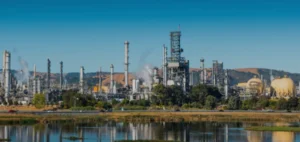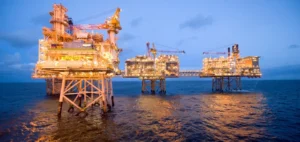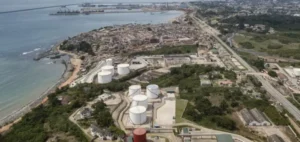The world demand for oil is exploding. In fact, soaring gas prices are pushing players to turn to oil. As a result, oil demand could increase by 80% over the next six months.
Gas prices impact oil demand
According to Platts, the FTT for the coming month reaches a record high of €319.98/MWh on August 26. While it fell back on September 6, it remains 4 times higher year-on-year.
In addition to the TTF, the price of LNG is also rising. This phenomenon does not only concern Europe. In Asia, LNG spot prices are also rising. The benchmark JKM index hit record highs in August. For example, European benchmark gas prices and Asian LNG prices are 5 to 6 times higher than those of high-source fuel oil.
The increase in oil demand is expected to be driven primarily by refiners, power producers and large industries. These players will account for 633,000 b/d in the first quarter of 2023, compared to 350,000 b/d in the third quarter of 2022.
In Europe, oil demand will also be driven by these three major players: refiners, power producers and large industries. They will be responsible for an increase of 308,000 b/d in the first quarter of 2023. This represents half of the global share.
Specifically, the increase in oil demand is for residential fuel oil. It will account for 348,000 b/d, or 60% of the global increase in the first quarter of next year. LPG will account for 32% of this growth in oil demand, and diesel for 8%.
Are electricity producers the first ones concerned?
Electricity producers are the first to switch fuels. However, refiners are also opting for this fuel switch. They can reduce gas purchases by maximizing the production of distillate gas from refineries for example.
Rassol Barouni, of Platts Analytics, explains:
“While natural gas prices are soaring, naphtha and high-sulfur fuel oil are currently low. We know that southern European countries are consuming more fuel oil because of the shift away from gas.”






















